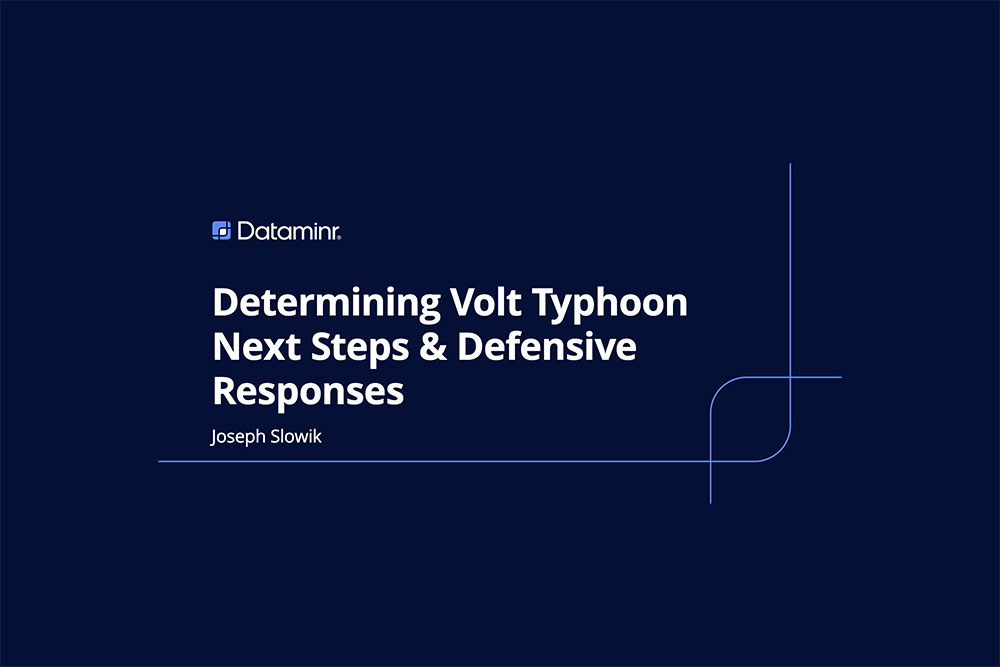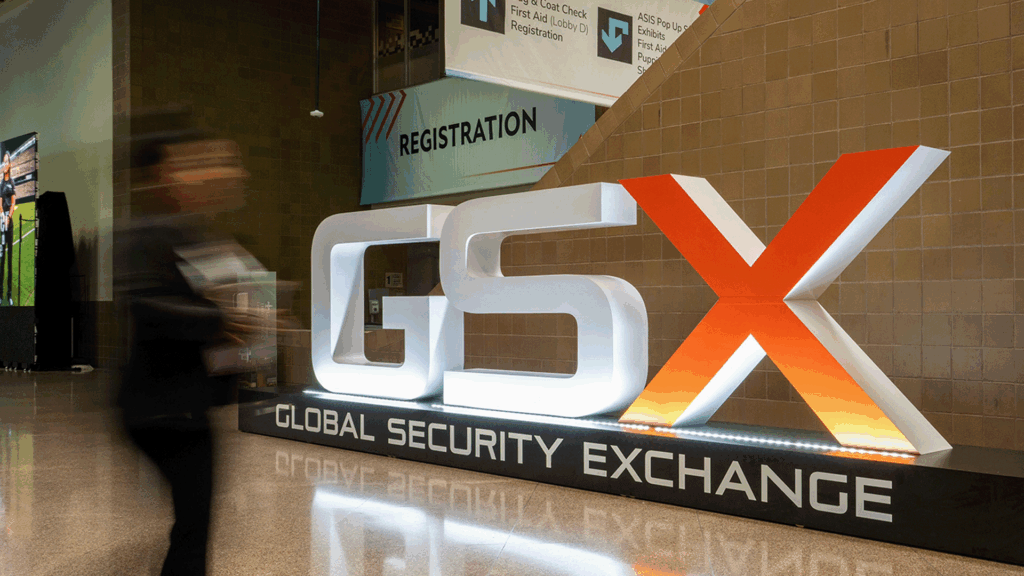Is your healthcare organization resilient? Explore the major risks facing your industry and what it takes to build a stronger healthcare system.
As the world recovers from the lingering impact of the COVID-19 pandemic, healthcare providers and systems are coming to terms with the unfortunate truth that many organizations were unprepared to manage a global health crisis. Their fragility underscores a growing need for the healthcare industry to be more resilient. But what, exactly, does that entail?
Here we’ll explore resilient healthcare systems and the six strategies they can use to build and strengthen resilience.
What does resilience look like in the healthcare industry?
Resilient healthcare organizations can adapt to disruption while maintaining continuity under evolving circumstances. They prepare for, manage, absorb and learn from shocks, such as a sudden influx of an aging population or an unexpected public health emergency.
According to the World Health Organization, the healthcare resilience cycle has four stages:
- Disaster preparedness. This stage offers the greatest opportunity to strengthen resilience. In this stage, the system needs to prepare for shocks before they happen and identify optimal responses. The goal is to scope the horizon, detect risks and prepare a plan of action.
- Initial shock and alert. Here, the focus is on timely identification of disruptions, which requires an early warning system. The sooner healthcare providers know of a risk or disruption, the faster they can respond.
- Impact and risk management. At this stage, healthcare leaders must absorb disruptions, protect against further effects and adapt to any sudden changes in patient supply or demand.
- Recovery and improvement. The disruption has ended and operations have returned to a degree of normalcy, but the initial shock may have imparted significant changes. Some may be positive—such as increased efficiency—and others may be unresolved. Healthcare leaders should assess changes and how they will impact patient safety and operational efficiency.
It’s also important for organizations to evaluate performance during the disruption, report on lessons learned and incorporate those learnings into response plans and operations. This enables continuous improvement and helps to ensure organizations are better prepared to manage similar risks in the future.
Sources of risk in the healthcare industry
Healthcare systems worldwide have been grappling with how to keep pace with today’s increasingly complex risk landscape—including a growing swarm of threat vectors that were previously infrequent.
According to PwC, this is because many systems were designed for stable and predictable circumstances. As such, they are often unprepared to efficiently manage and respond to unforeseen, high-impact events, which may include:
- Supply chain issues: Sudden disruptions to medical supply chains can restrict access to critical assets, including vaccines, medications and equipment.
- Labor shortages: Healthcare workers are often overworked, resulting in burnout that widens an already prominent staffing shortage. This can lead to lower quality care and longer waiting times for people seeking immediate help.
- Cyber attacks: The healthcare industry is one of the most targeted worldwide. There was a 94% increase in ransomware attacks on healthcare organizations between 2020 and 2021. These incidents not only derail health system workflows, but also expose sensitive patient records.
Healthcare is a critical part of any nation’s infrastructure. A single disruption has the potential to drastically change the outcome of medical care and jeopardize patient safety.
Examples of resilient healthcare systems
Look no further than the COVID-19 pandemic for a demonstration of healthcare resilience. The pandemic caused massive disruptions in non-COVID-19 medical treatments and preventative care. This included routine check-ups and critical health screenings.
For example, according to the Organization for Economic Cooperation and Development (OECD), the number of women screened for breast cancer fell by an average of 5% in 2020 compared to 2019. OECD also found that diagnostic delays have been shown to increase the mortality rate in multiple types of cancer.
However, several health systems across the globe responded to the challenges of the pandemic by rescaling their infrastructure and offering new forms of health service delivery:
- Implementing in-home care for patients with mild symptoms
- Using digital technologies and telehealth services to perform virtual examinations
- Leveraging pharmacies for COVID-19 testing and vaccinations
- Converting public venues into COVID-19 care centers
These practical strategies played a big role in enabling global health systems to maintain continuity, uphold quality care and strengthen resilience.
Download eBook: How to Build a More Resilient Organization
5 ways to build resilience in healthcare
While building resilience takes time and effort, there are five resilience strategies that healthcare organizations can adopt now to improve risk management and better prepare for disruptions:
- Community programs. Community-based care models—such as community clinics—expand access to healthcare services while also relieving pressure on primary care providers. Emphasizing and supporting community programs can better balance the volume of demand and foster resilience in healthcare systems.
- Timely detection of risks. Healthcare systems able to detect risks early on are better able to organize an effective response, mitigate disruptions and rebound faster. Employing real-time alerting solutions is one way to ensure early detection.
- Effective information workflows. During a crisis, key stakeholders need access to critical information, including response plans, threat assessments and impact analyses. Enabling seamless cross-functional collaboration is vital to managing evolving risks.
- Adaptive capacity. Organizations that prepare for surges in demand are better able to ensure that supplies and labor can accommodate greater capacities in a short amount of time. This involves having the right mix of experienced staff and on-call workers in addition to making sure critical resources are available.
- Flexible delivery. Alternative delivery methods are an effective way for healthcare systems to alleviate stress on primary delivery channels while maintaining continuity. Telehealth services, virtual check-ups, off-site testing and field hospitals ensure the continuation of critical activities and that patients receive quality care.
While each of these strategies helps healthcare providers to strengthen resilience, early risk detection is one of the most critical. When organizations know about potential threats and high-impact events as soon as they emerge, they can stay ahead of crises and disruptions.
Real-time alerting solutions like Dataminr Pulse do just that. With Pulse, organizations are the first to know about risks and events—at the hyperlocal, regional and global level—via real-time alerts. They can then act faster and keep pace with the ever-evolving threat landscape.
For example, a U.S. healthcare system with 100-plus hospitals and clinics lacked the visibility it needed to effectively safeguard its people and facilities. Once it employed Dataminr Pulse, it began receiving real-time information on what was happening in and around each of its locations.
As a result, the healthcare system significantly expanded its view of emerging risks and unfolding events and can now escalate the most critical risks to internal and external stakeholders faster and more easily—helping it to prepare for the unexpected and strengthen its resilience.
Learn more about Dataminr Pulse and how healthcare organizations can use it to maintain business continuity and improve resilience.
Risk in Real Time newsletter
Sign up for our monthly newsletter for the latest on security and business trends, news and insights.
SUBSCRIBE




